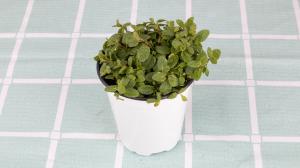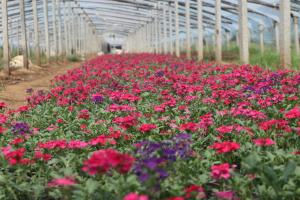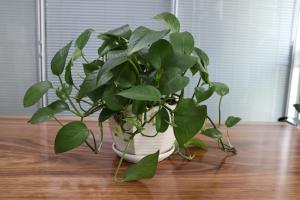Introduction
Tomatoes are one of the most popular and commonly grown garden plants. Snipping tomato plants is one of the essential practices for ensuring a healthy and productive tomato garden. Snipping tomato plants involves removing unnecessary branches, shoots, and leaves that are not productive, allowing the plant to focus on growing fruits. In this article, we will show you how to snip tomato plants to optimize their growth and productivity.
Why Snip Tomato Plants
Snipping tomato plants is essential for several reasons:
To improve the plant's overall health – Snipping the unnecessary leaves and branches will allow the plant to send more nutrients and energy to the productive parts of the plant, such as the fruits and flowers.
To prevent diseases – Snipping off the diseased or infected parts of the plant is necessary to prevent the spread of diseases to other healthy parts of the plant.
To increase productivity – Snipping tomato plants will encourage the plant to produce more fruits by redirecting the plant's energy and nutrients to the productive parts of the plant.
When to Snip Tomato Plants
The best time to snip tomato plants is when they are young and small. It is easier to do it during the early stages of growth compared to when the plants are mature and have larger branches and leaves. You should snip the tomato plants at least once every two weeks. However, you should avoid snipping the plants during unfavorable weather conditions such as extreme heat or cold.
How to Snip Tomato Plants
Here are the steps to follow when snipping tomato plants:
Begin at the bottom – Start by snipping the leaves and branches that are close to the ground. These branches and leaves are less productive and can drain the plant's energy and nutrients. Remove them carefully to avoid damaging the plant and use clean, sharp pruning shears for better accuracy.
Remove the suckers – Suckers refer to the small stems that grow between the main stem and the larger branches. These suckers are unproductive and can reduce the overall productivity of the plant. Snip them off and use the sharp pruning shears for better accuracy.
Pinch off the flowers – This step is critical during the early growth stages of the plant since it redirects the energy from the flowers to the plant's growth. However, once the fruits start developing, you can leave the flowers on the plant as they will eventually turn into fruits.
Remove diseased or damaged parts – Check your plants regularly for signs of disease or pests. Snip off any infected or damaged parts immediately to prevent them from spreading to the rest of the plant.
Trim the top – Your tomato plants should have a central stem that grows taller than the other branches. You can trim the top part of the plant to prevent it from getting too tall and to promote bushier growth.
Maintain the Snipped Plants – After snipping the tomato plants, it's essential to water them regularly and provide them with adequate nutrients to support their growth and productivity.
Conclusion
In summary, snipping tomato plants is essential for improving their overall health and productivity. The best time to snip tomato plants is during their early growth stages using clean, sharp pruning shears. Snipping tomato plants will prevent diseases, increase productivity, and redirect the plant's energy and nutrients to the fruiting parts of the plant. By following the steps above, you can ensure a healthy and productive tomato garden.

 how many times do yo...
how many times do yo... how many planted tre...
how many planted tre... how many pine trees ...
how many pine trees ... how many pecan trees...
how many pecan trees... how many plants comp...
how many plants comp... how many plants can ...
how many plants can ... how many plants and ...
how many plants and ... how many pepper plan...
how many pepper plan...

































